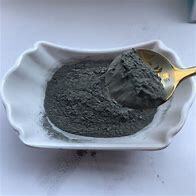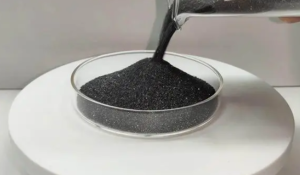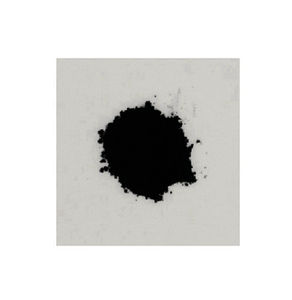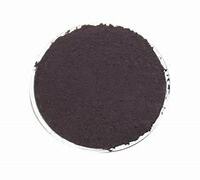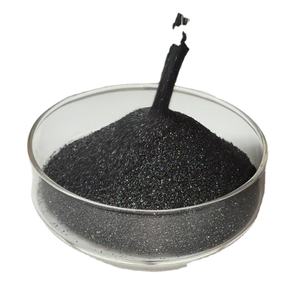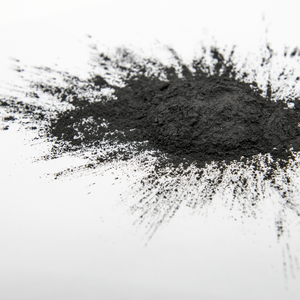Professional graphite material supplier, graphite for EV, grease, furnace and any other industries.
(The relationship between carbon, carbon and graphite)
Carbon-chemical element, C.
Carbon-solid material C/H>10.
Carbon products refer to carbon products purified from amorphous carbon raw materials (such as coal, petroleum coke, pitch coke, etc.). With the different raw materials and processing technology, the graphite crystal structure's ratio in the carbon element crystal structure in this type of carbon products will vary. Generally speaking, the more graphite crystal structure components are contained, the higher the carbon's purity, the higher the performance and price. Since the essential difference between carbon materials and graphite materials is not big, many carbon products are also dubbed "graphite XX". This is also the source of confusion between the terms graphite and carbon. For example, the large electrodes commonly used in the steelmaking industry are called "graphite electrodes". In fact, they are carbon products, not electrodes made of graphite in the true sense. Common carbon products are relatively large in terms of appearance, such as electrodes for metallurgy, lining bricks (carbon blocks) of smelting furnaces, carbon radiators, etc.
Graphite material-hexagonal crystalline carbon molecular structure
Graphite is an allotrope of elemental carbon. The periphery of each carbon atom is connected with three other carbon atoms (multiple hexagons arranged in a honeycomb) covalently bonded to form a covalent molecule. Since each carbon atom emits an electron, those electrons can move freely, so graphite is an electrical conductor. Graphite is divided into natural graphite and artificial graphite. Natural graphite ore is divided into earthy graphite and flake graphite, among which flake graphite is a higher quality natural graphite. Artificial graphite refers to the graphite material obtained by further processing the carbon material classified as amorphous carbon, improving the carbon's purity, and further increasing the proportion of the graphite-like crystal structure. Graphite materials, like carbon materials, can be made into industrial products such as electrodes and refractory materials. However, due to its more excellent characteristics and higher purity, the products produced by Xinruida graphite are used in many high-end fields. For example, solar photovoltaic, electronic semiconductor, industrial furnace high-temperature treatment, mechanical processing, non-ferrous metal smelting, electric discharge machining, diamond sintering mould, mould, solar photovoltaic, chemical industry, nuclear industry, quartz and other industries.
The main chemical component of the carbon material is carbon, but it also contains other elements such as hydrogen, oxygen, sulfur, and even metals. Among them, the element hydrogen, no matter what raw material is selected, the temperature of the heat treatment during the manufacturing process, no matter how high it is, can never be completely removed. What kind of substance is called a carbon material? The International Committee on Carbon Terminology and Characterization has discussed this issue for a long time. E·Fitzer once suggested that only solid substances with carbon as the main component with a C/H atomic ratio greater than 10 can be called carbon. This is a simple, clear and scientific method that is very valuable. Of course, the limit of "10" can still be considered. Materials and elements are completely different in concept. As Guo Moruo said, carbon, as a material, "disappears" when burned. But carbon as an element cannot be burned off, but the form of existence has changed, and it becomes existing in gaseous carbon dioxide. In short, carbon element and carbon material are not the same thing and should not be confused, and should be avoided in the same word.
A fundamental reason is that foreign colleagues in the carbon industry use very confusing vocabulary. Through careless translation, it is possible to introduce this confusion. Take English as an example. The word carbon has at least the following three meanings when used in the carbon industry:
1. Carbon, the sixth chemical element.
2. The general term for carbon and carbon materials
3. Carbon, carbon materials, non-graphite carbon materials
These three meanings are often confused with each other in use, sometimes referring to the general term of carbon materials, and sometimes simply referring to carbon materials; in this case, the two different concepts of carbon element and carbon material are used in the same word. Expressions are bound to confuse.
Carbon is an element name, and carbon materials are actually carbon materials with more amorphous carbon structures. Graphite materials are carbon materials based on graphite crystals. Both have many similarities, but there are obvious differences.
High quality graphite manufacturer
If you need graphite powder, please feel free to contact: sales@graphite-corp.com
(The relationship between carbon, carbon and graphite)


